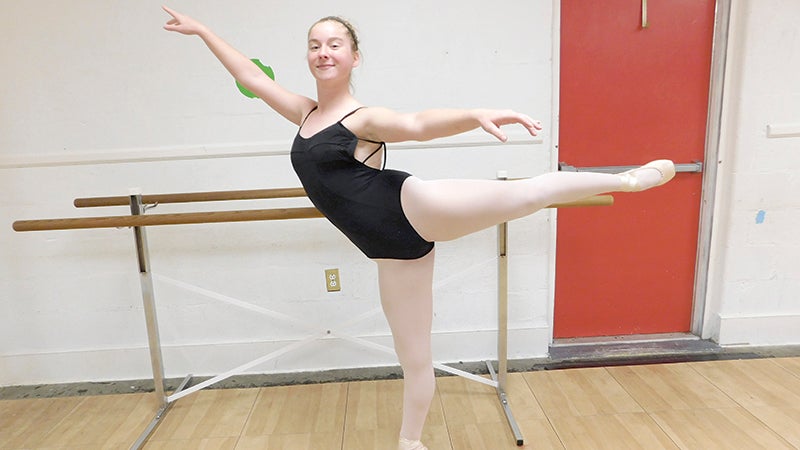Refuge awaits woodpeckers
Published 9:56 pm Friday, May 8, 2015
A plan to reintroduce an endangered woodpecker to the Great Dismal Swamp National Wildlife Refuge has been in the works for nine years and finally is coming to fruition this year.
“It’s been a long time coming,” refuge director Chris Lowie said. “The refuge is very excited.”
The red-cockaded woodpecker used to roam in the refuge in the late 1960s and early ‘70s, said Donald Schwab, the refuge biologist. But the elusive bird was last seen in the refuge in 1974, part of a population decline throughout its range as a result of loss of habitat and changes in forest management practices.
The birds’ family lifestyles don’t make the effort to boost their population any easier. They live only in mature pine forests, which are few and far between, and they live in groups where most of the birds never breed.
“With 10 breeding pair, you might wind up with 30 to 40 birds and still only 20 of them are doing any good as far as maintaining the population,” Schwab said.
The rest of the birds are helpers, usually male offspring of the breeding pair. Females disperse early in search of a mate, and males might leave the cluster if they come across a female they like. In other cases, they could be waiting for the male of the pair to die so they can mate with the female.
They don’t go far, usually less than a quarter-mile from the male’s parents, which also contributes to limited spread of the species.
Schwab hesitates to guess how many used to live in the refuge but says it “wouldn’t have been unheard of to probably have 30-40 pair,” meaning 60 to 80 birds breeding and many more helper birds.
The refuge “has good habitat for red-cockaded woodpeckers but no longer has the birds,” Lowie said.
Lowie and Schwab hope that will change this fall, when a federally funded and approved plan to re-introduce the woodpeckers to the refuge will finally take shape.
Biologists already have picked out “cluster sites” on the refuge and will insert “modular homes” into holes in the trees, Schwab said.
“It takes them a while to drill a hole in a live pine tree, so we’ve got to help them out,” he said. “We cut a hole in the trees and insert the box.”
Some of the breeding pairs will come from Sussex County, while others will come from Fort Bragg, N.C.
“We’re hoping to get a pair from some lands that are under control of the North Carolina Department of Transportation,” Schwab said. “It has very similar habitat to what we have here.”
The birds will be taken from their old habitat and transported to the refuge, stopping once every hour to feed them. Once the birds have arrived, biologists will climb ladders and put a pair into each box, placing a screen over it to keep them together overnight and then removing the screen in the morning.
“You hope when they wake up and start talking to each other in the morning, they like each other and like where you put them,” Schwab said. “Some will, some won’t.”
Schwab said the refuge hopes to put the plan into action this fall.
“We’ve still got a few permits to get, so we’re being pretty optimistic right now,” he said.
The new breeding colony would be among the northernmost outposts of the birds and would help protect the Virginia population — which currently consists only of that group in Sussex County — against loss from disease and storms.
Lowie said informational meetings will be scheduled this summer for the public to learn more about the project.






